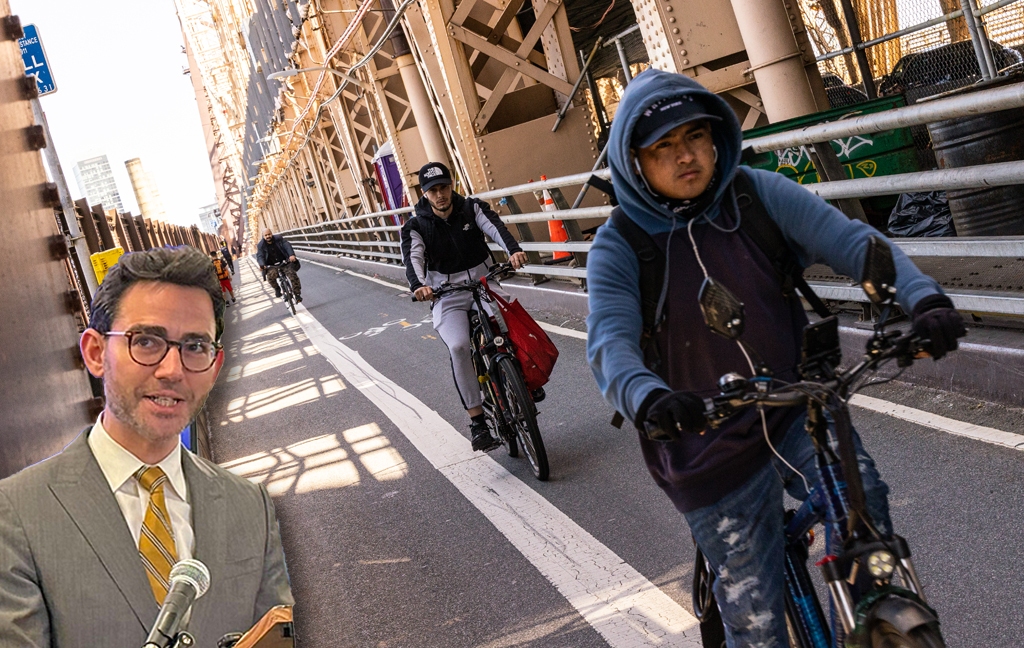Lorna Salzman has been an environmental activist, writer, lecturer and organizer for over thirty-five years. During that time she has served as the regional representative of Friends of the Earth for nearly ten years, concentrating on anti-nuclear work and on coastal zone and wetlands protection on eastern Long Island. She initiated the Shoreham Opponents Coalition on Long Island, which ultimately defeated the Shoreham nuclear reactor, and represented Southampton Town in state hearings on the Jamesport reactor, which was later cancelled. She has worked with Long Island Pine Barrens Society, the National Audubon Society, Food and Water, Inc., the NYC Dept. of Environmental Protection, and the Long Island Shorefront Defense Committee.
Events
Speaker Lorna Salzman: Impact of Global Warming on Health, Water and Biodiversity
Stay in touch
Sign up for our free newsletter
More from Streetsblog New York City
Mamdani Announces Full McGuinness Road Diet, Finishing a Job Halted by Adams
Mayor Mamdani chose the third full day of his tenure to announce that he will complete the full safety redesign of deadly McGuinness Boulevard in Greenpoint — a project that was created under Mayor Bill de Blasio, but watered down by Mayor Adams in a corruption scandal.
In With Flynn: New DOT Commissioner Wants To Be ‘Bolder, More Ambitious’
Up close and personal with the 46-year-old native New Yorker and Met fan who wants to carry out Mayor Mamdani's vision for transportation.
Mamdani Commissioner Pledges to Hold App Companies Accountable for Road Safety
DCWP Commissioner Sam Levine pledged to crack down on app companies that pressure delivery workers to use e-bikes and cars recklessly.
Friday’s Headlines: A Very Streetsblog Inaugural Edition
Mayor Mamdani will govern in prose, thank you very much. Plus other non-inauguration news.
Update: New Year, Same Carnage: Two Killed In Separate Hit-and-Runs
It turns out that two hit-and-run drivers killed pedestrians in separate incidents in the early morning hours of New Year's Day.





